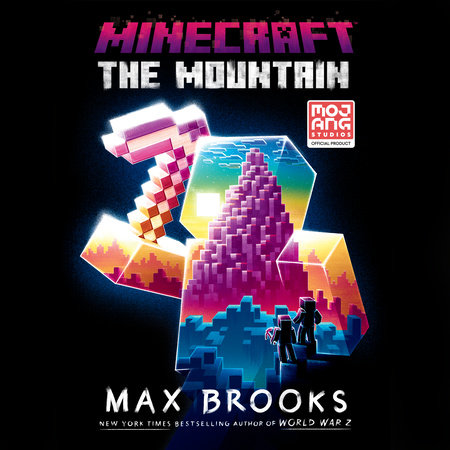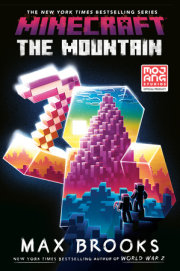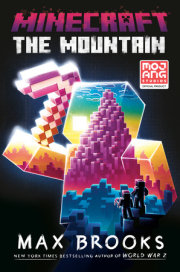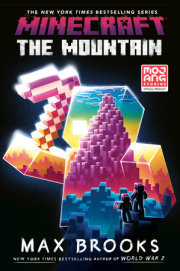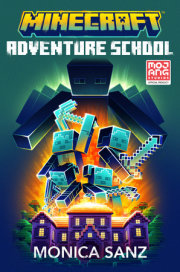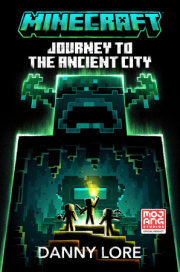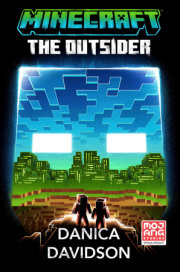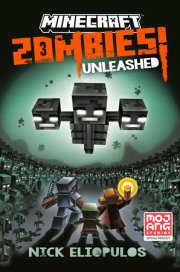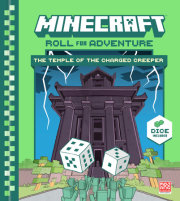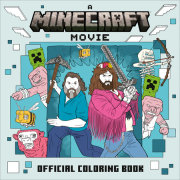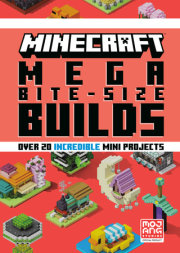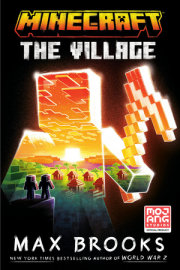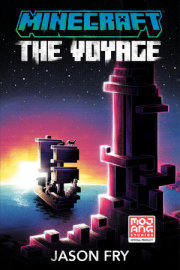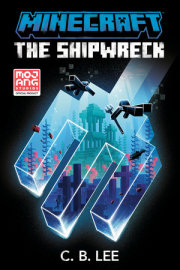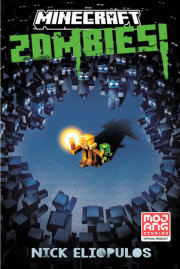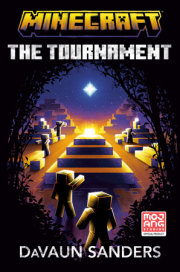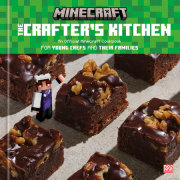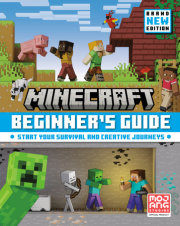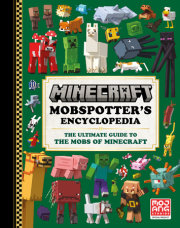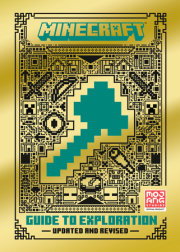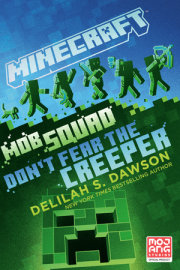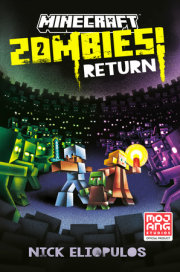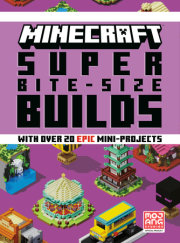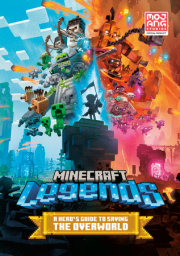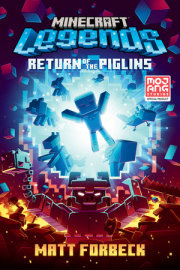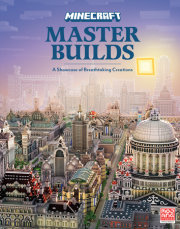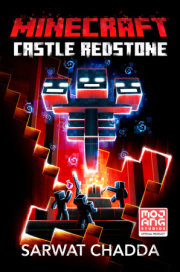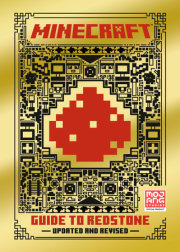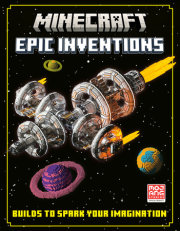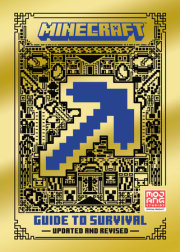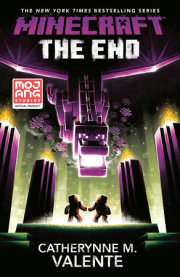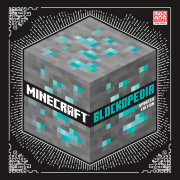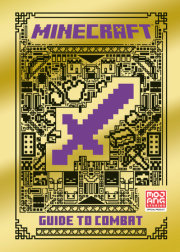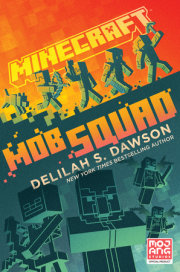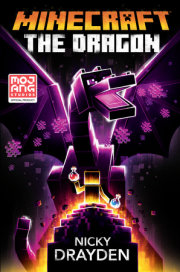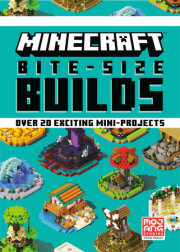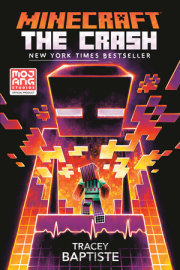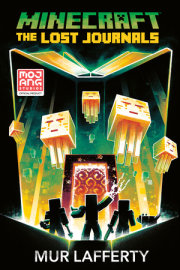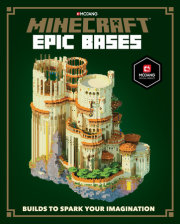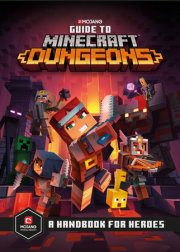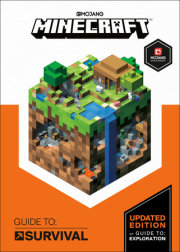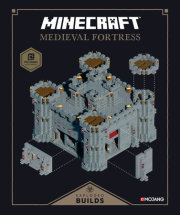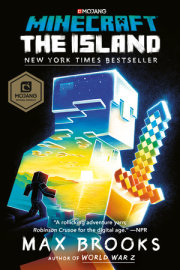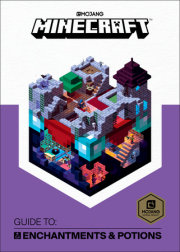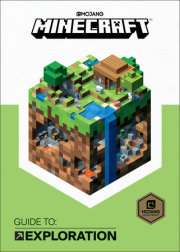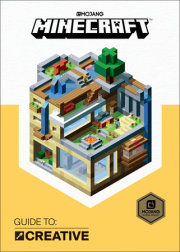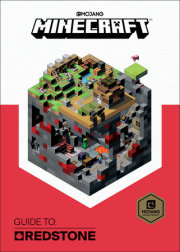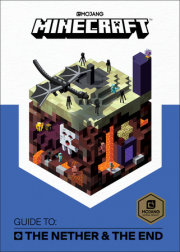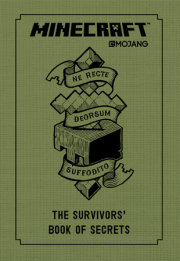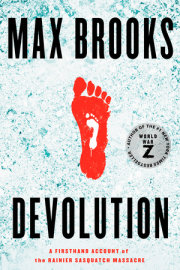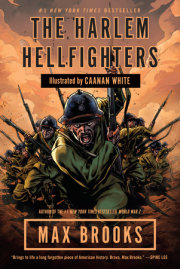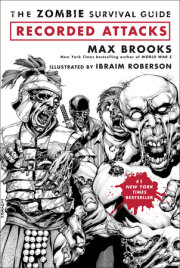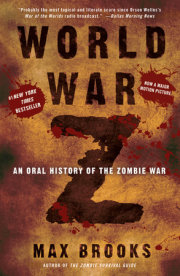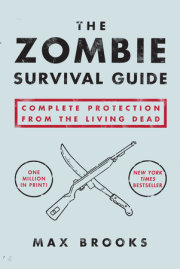CHAPTER 1Cold.
The feeling changed everything.
It’d been about a day and a half since I’d left my little block-shaped shore, and I don’t mind admitting that I was barely seconds from going back.
It wasn’t the first time I’d turned tail and ran—well, paddled. A few days after landing on that strange, new land, I’d learned enough about crafting to accidentally produce a boat like the one I was riding in now. That time I’d been so inexperienced, so scared and frazzled and eager to escape, that I’d rushed right down to the beach and set off at full speed for the horizon.
And nearly gotten myself lost at sea.
This time, what felt like a lifetime later, I’d been determined not to repeat that same impulsive mistake. I’d spent a week provisioning myself for a long journey. I had plenty of food, tools, raw materials for crafting, and, most important, navigation aids like a compass and a nearly blank map. I say “nearly” because my little island appeared in the map’s far east corner. And I mean “appeared.” The moment I’d lifted it off the crafting table, the entire tan surface filled with a perfect, top-down re-creation of my island.
And me! I was on there, represented by a small white arrow that turned and moved along with me in real life. I remember thinking, This is awesome, and with the compass, I’ll never be lost!
Following the manual I’d found in the mineshaft, I’d learned how to expand the map by surrounding the original copy with eight more pieces of sugarcane paper. I’d done it several times, until the island had shrunken to a little brown and green speck, surrounded by a thin blue ring and then a giant, blank space. So small in such a big, unexplored world. I still remember that mix of emotion, fear tinged with excitement. What’s out there?
I’d have to wait another few weeks before finding out. That’s how long it took me to write down my first book, leaving it to whomever might follow me. It was a record of all my adventures, and the lessons that came with them. And that last lesson was the one that drove me back to sea:
Growth doesn’t come from a comfort zone, but from leaving it.
It sounded so cool at the time, so brave and true.
It rang in my head as I said goodbye to my animal friends, rowing west, turning occasionally to see everything I’d known fade slowly into the distance.
Smaller and smaller. Just like on the map. First went the lowlands, then the hill, then my house on top of the hill, and then, finally, the cobblestone observation tower that stretched far up into the clouds.
“Growth doesn’t come from a comfort zone,” I said, turning back to the now setting sun, “but from leaving it.”
I don’t know how many times I repeated that phrase, aloud and in my head, as the sun dipped, the sky darkened, and the pale crescent moon—shaped like my island, I thought with an odd pang of homesickness—rose behind me.
Hesitation.
There’s gotta be land out there, I told myself. Sooner or later, you’ll spy something up ahead. It wasn’t fear that slowed me down. At least, that’s what I told myself. You don’t want to miss something in the dark. Another island, low, and without a hill. It might be the start of a larger chain. Too fast and you’ll pass right by.
That’s what I thought, scanning back and forth while being extra careful not to veer off course. The compass helped, its red-tipped needle pointing straight back to my original spawn point. The map helped too, filling in a straight, thick unbroken blue line as I went, almost as if by magic. “No land,” it silently told me, “not yet.” I thought about stopping altogether, taking a break, waiting for dawn. At least then I could be sure not to bypass any land in the dark. I still wasn’t one hundred percent sure that the map’s vision was the same as mine. If I can see even a little bit beyond what it marked . . .
That’s when I ran off the edge!
Of the map, I mean. Not the world.
The next time I checked, I saw that I’d paddled right off the western border of the paper. My interactive arrow was now a static circle. When had that happened? How long ago had I checked it? I should have been calculating distance and time, keeping track of the where and when.
And what if I DID run off the edge of the world? Didn’t people used to think my world—my real, original spawn point—was flat? Didn’t some dumb dumbs still insist that was true, even though a universe of evidence proved them wrong? But there was no evidence in this world, no proof that it was round. So much was different here: gravity, bodily functions, even time—each day’s only twenty minutes! For all I knew, this ocean might just end at a giant waterfall, one that I couldn’t see until I rowed right over the edge!
Don’t freak out, I thought, just make a new map . . .
But of course, I couldn’t. Maps needed a crafting table, which needed solid ground. And it really wouldn’t help, I thought nervously. The map only fills in where I’ve been. It can’t tell me where I’m going. I have no idea where I’m going!
Lost again!
No, I still had the compass. But that little metal disk nearly did more harm than good. The problem wasn’t mechanical, but psychological, because, as I began to stare obsessively at the needle, I could almost hear it beckoning me home.
“C’mon,” it seemed to say, “just follow me. No more unknown, no more worries about what might be out there.”
I tried not to think of my island, my snug little cottage and soft comfy bed.
“Just follow me,” said the compass, “and I’ll take you right back to your safe space. It’ll be so easy. C’mon!”
I knew the only way to keep those feelings away was to keep them way behind me. I knew if I stopped, I’d turn back. And just like my last lesson had driven me to start this expedition, my very first one drove me forward.
Keep going. Don’t give up.
And I didn’t. I tried to keep focused on the here and now. Oars splashing, eyes scanning.
Something darted off to my right. A quick flash of black amidst white mini-cubed splashes. “Just a squid,” I said, trying to comfort myself. “There are no sea monsters.”
. . . at least none you’ve encountered yet.
Flat world.
Sea monsters.
“Just follow me home,” taunted the compass.
As the moon set in front of me, and the first rays of the sun warmed my back, I couldn’t believe I hadn’t seen so much as a distant cube of land.
“Nothing?” I blurted to the empty expanse of blue. “Really? Nothing?”
There were no hints of salvation, like that first underwater mountain that had turned out to be my island. Nothing. The submerged hills below never came close to the surface. Not even a dry reef to stop and rest on.
“Keep going. Never give up,” I chanted.
But for how long? How could I fight both my own doubts and the cop-out compass ganging up on me?
Maybe if I just turned back for a little bit. Not all the way home, just retracing my course, seeing if I missed some spot of land last night.
Keep going.
And what’s wrong with heading back to the island? Take a few days to rest, start off in another direction.
Never give up.
There’s three other directions, right? Three other chances to find something. That’s not giving up. That’s just restarting, rebooting, re—
Cold.
The feeling changed everything.
I’d still been moving forward. Slowly, but forward. And that bare minimum of motion had been enough to push me into a pocket of chilled air.
“Whoof,” I breathed, feeling a slight chill run down my spine.
I slowed to a stop, letting every corner of my square brain switch on.
Was this a seasonal change? Do seasons change in this world? And if this was the first hint of autumn, wasn’t it coming from the wrong direction?
My face was distinctly colder than the back of my neck. The two sides of my flat head were equally cool. So, this new rush of crisp air wasn’t coming from north or south. Due west, directly in front of me. How is that possible? Isn’t climate supposed to get colder the farther north, and, I guess, farther south you go?
Maybe in my world. But not here.
I thought back to another lesson from the island: Just because the rules don’t make sense to you doesn’t mean they don’t make sense.
“Due west it is,” I said, and started paddling slowly forward. I crept forward by inches . . . or, rather, by mini-cubes. I couldn’t afford to miss anything now. I had to be sure that what I was feeling was real.
And it was.
Copyright © 2021 by Max Brooks. All rights reserved. No part of this excerpt may be reproduced or reprinted without permission in writing from the publisher.

